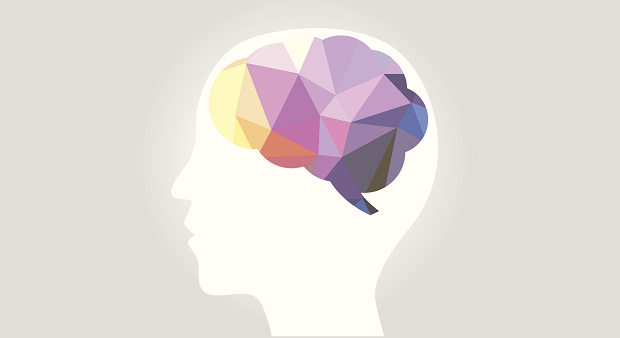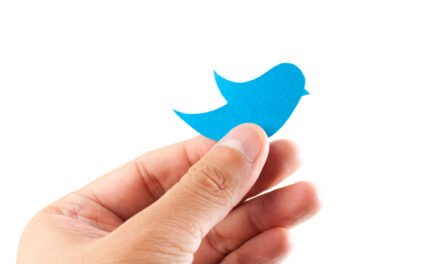
I’ve been struck recently between the similarities in how Whiteness and Masculinity operate as dominant group identities. Increasingly in our work, we emphasize the intersecting nature of our identities as well as the distinction of being intersectional in our discussion of identity and power). And usually (rightfully), we center how inequality is compounded by non-dominant identities (i.e. being a trans woman, black and poor). But the opposite is also true: those with privilege maintain privilege and power through combined dominant identities.
One of my new favorite resources on whiteness is Good White People by philosopher Shannon Sullivan. Sullivan argues that middle class, educated, liberal whites use various distancing strategies to prove that they are not racist. Some of those strategies include blaming racist ancestors, blaming “bad white people” (i.e. the KKK or “rednecks), or using black friendship as evidence of anti-racism.
The problem, as Sullivan points out, is that distancing strategies portray a dichotomy of “good white people” vs “bad white people” that explains racism at the individual or interpersonal level without acknowledging how white domination and racism operate at the institutional or systems level. In other words, “good white people”, who mean well, are off the hook for ways everyone is complicit in racist systems (through unconscious bias, gentrification, school segregation etc.). Racism is exported to “bad white people” who are explicitly to blame for white domination.
The Winters Group recently finished a series on the #MeToo movement to center the experiences of women and dive deeper into the systemic ways patriarchy creates sexual violence and gender inequities both in and outside organizational life. In our second session of the series, we invited men to have a dialogue on the ways masculinity and misogyny underlie the #MeToo movement at the systemic level. What struck me in the session, and in conversations with men in general, were identical ways that men (sometimes across race/ethnicity) used the same distancing strategies of “good white people” to blame “bad men” for patriarchy, sexism and misogyny.
Men were much more comfortable calling out explicit forms of sexual harassment than they were with seeking to understand the ways all men are complicit in sustaining misogynistic cultures. Many used equivalents of good white people’s “I have black friends” line, like “I love my wife and daughters”, to distance themselves from being a part of misogynistic cultures—and keeping misogyny on the individual/interpersonal level. Of course, we should all agree about the dangers of explicit forms of racism and misogyny (I want to be clear); but if our only tools for addressing systemic issues are individual/interpersonal level tools, we will be ineffective in making progress towards a more equitable world.
In fact, our distancing strategies may even further race and gender inequities by blaming others and pushing the systemic nature of misogyny and racism further out of sight—a problem exclusively for “bad men” and “bad white people.” To see real cultural change, we must all (but especially those of us in dominant groups) be courageous enough to face our complicity as the starting place for dismantling systemic inequities of all kinds; if not, we will continue to live in a world of bad systems full of “good people.”


















